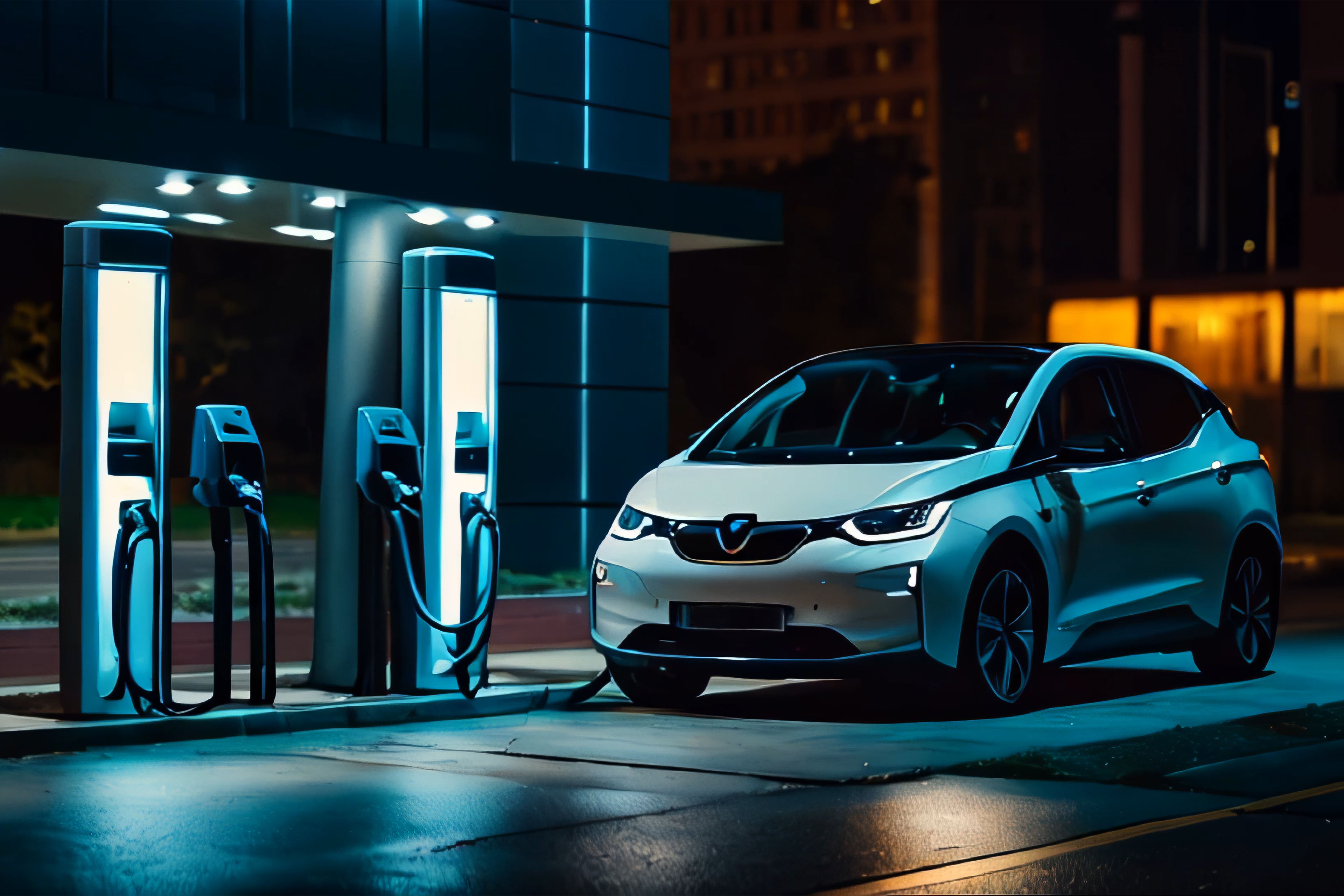EY refers to the global organization, and may refer to one or more, of the member firms of Ernst & Young Global Limited, each of which is a separate legal entity. Ernst & Young Global Limited, a UK company limited by guarantee, does not provide services to clients.

Maximum reference CO2-emmission as of income year 2021.
Benefit in kind company car: short recap
When an employer provides a company car to an employee, and this car is used for private purposes by the employee, a taxabale benefit in kind arises. The taxable benefit is computed by multiplying the CO2-coefficient with 6/7 of the catalogue value of the car. Subsequently this amount is decreased in accordance with the age of the car.
The so called CO2-coefficient is thus one of the central elements in the calculation of this benefit in kind and consists of a basic percentage of 5,5% that needs to be increased or decreased depending on the difference between the CO2-emmission of the company car and the reference CO2-emmission.
Scope of the new legislation
The reference CO2-emmission is determined on a yearly basis, depends on the fuel type of the car (diesel engine versus petrol, LPG- or natural gas engine) and is based on the average CO2-emmission of newly subscribed company cars during a reference period of twelve months which ends on September 30 of the year prior to the concerned income year. As a result, if the Belgian vehicle fleet becomes less CO2 pollutant during this reference period, the applicable reference CO2-emission will decrease accordingly. Hence, this will result in an increase of the taxable benefit in kind for the private use of a company car.
However, the opposite is also applicable. The Belgian authorities noticed that, the average CO2-emmission of newly subscribed cars increased during 2019 en 2020. Subsequently, the already contested benefit in kind for the private use of a company car decreased accordingly, contrary to the purpose of the introduction of the reference CO2-emmission in Belgian tax law.
To avoid a further decrease of the taxable benefit in kind, the Belgian parliament recently adopted a new law proposition. As of January 1st, 2021, the reference CO2-emmission cannot be higher than the reference CO2-emmission of the previous income year. Therefore, the reference CO2-emmission of income year 2020 will be considered as the maximum reference CO2-emmission, regardless of the effective reference CO2-emmission/average CO2-emmission. The maximum reference CO2-emmission values as from January 1st, 2021 are thus the following:
- Petrol, LPG- or natural gas engine: 111g/km
- Diesel engine: 91 g/km
If the reference will decrease in the future, the absolute maximum will decrease as well.
Consequences of the new legislation
First of all, it needs to be highlighted that the legislation will not have any impact on the calculation of the taxable benefit in kind for income year 2020. The new legislation will only enter into force as of January 1st, 2021.
However, there will certainly be an impact of the new legislation for future income years due to the electrification of the automotive industry. According to the automotive sector, this evolution will result in a serious decrease of the reference CO2-emmission for income year 2021. At this moment, the sector expects the following reference CO2-emmission values:
- Petrol, LPG- or natural gas engine: 102 g/km
- Diesel engine : 84 g/km
These values are decreased compared to income year 2020 and will therefore be applicable as of 2021. If the average CO2-emission in the market would have increased, the values would have remained equal to income year 2020.
Example
As shown in the example below, the taxable benefit in kind for the private use of a company car will therefore increase in 2021.
|
BMW X1 (petrol) |
|||||
|---|---|---|---|---|---|
|
Reference CO2-emission |
Benefit in kind |
||||
|
Original situation with increase of average market CO2-emission 2021 to 115 g/km |
|
€ 3.005,151 |
|||
|
Situation after new legislation with increase of average market CO2-emission 2021 to 115 g/km |
Maximum 111 g/km |
€ 3.153,582 |
|||
|
[1] = 6/7 * 43.284 * (5,5% +2,6%) |
BMW X1 (petrol) |
||||
|
Reference CO2-emission |
Benefit in kind |
||||
|
Original situation with decrease of average market CO2-emission 2021 to 102 g/km |
102 g/km |
€ 3.487,453 |
|||
|
Situation after new legislation with decrease of average market CO2-emission 2021 to 102 g/km |
|
€ 3.487,454 |
|||
|
[3] = 6/7 * 43.284 * (5,5% +3,9%) |
Conclusion
As the reference CO2-emmission cannot be higher than the reference CO2-emmission of the previous income year and if the new reference for 2021 will be 102 g/km for petrol, LPG- or natural gas engine and 84 g/km for diesel, these two values will become the new absolute maximum. Each time the the Belgian vehicle fleet will become greener, the employees with a non-green company car will see an additional increase of their benefit in kind.
Therefore we can conclude that the impact of the abovementioned legislation will be different depending on the CO2-emission of the company car:
- Company cars with a high CO2-emission (regular company cars, diesel/gazoline): significant impact due to the fact that the reference CO2-emission will never be higher than the previous year.
- Company cars with a low CO2-emission (electrical, hybrids, ecological cars): minor to zero impact as their CO2-emission will already be below the reference.
If you add on top of this legislation also the change of the CO2-calculation from NEDC to WLTP as of 2021 (up to 25% increase), new cars should clearly be green in order not to have a high benefit in kind.
It is clear that the government is going forward with the greening of the Belgian company cars by the dissuasive effect of the higher benefit in kind for non-ecological cars.



